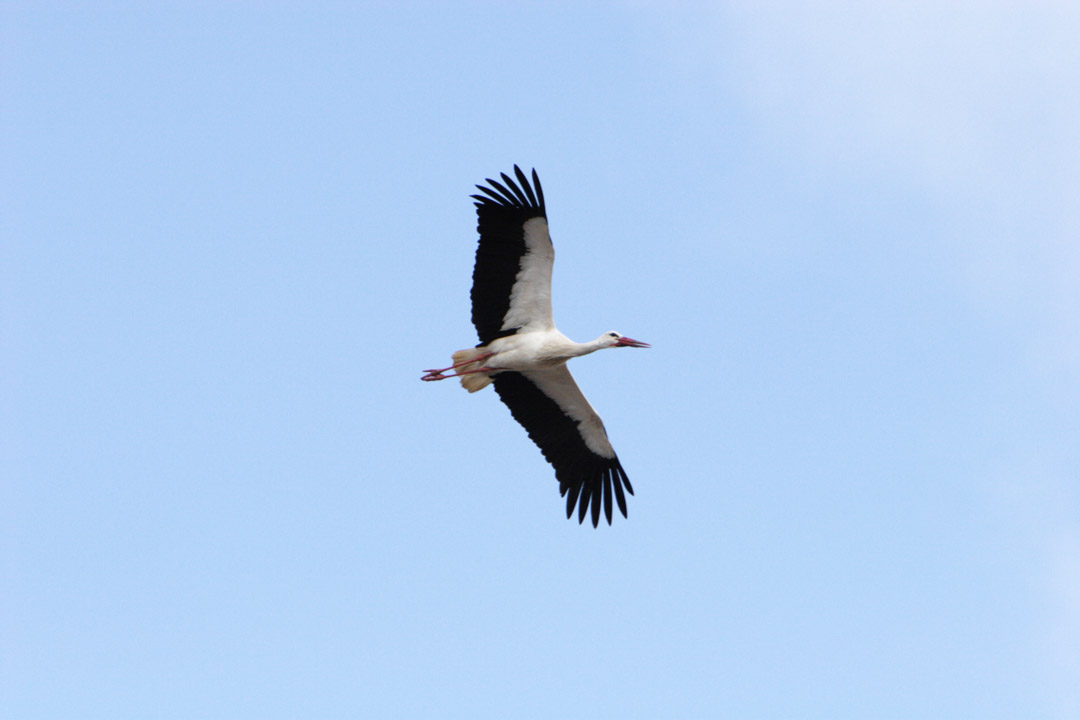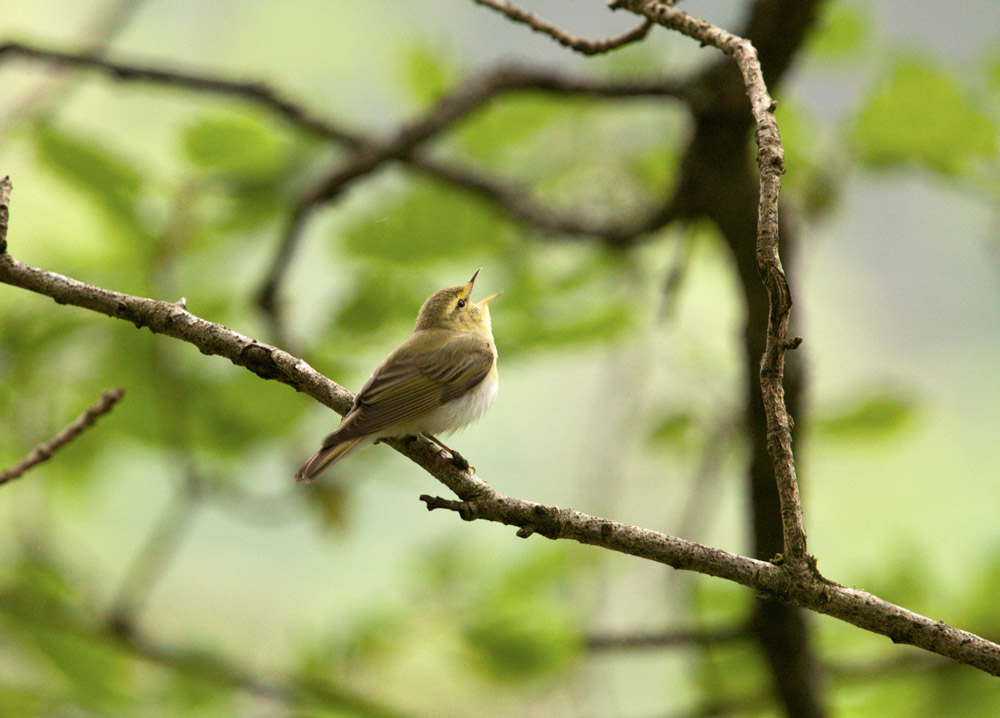BTO publishes peer-reviewed papers in a wide range of scientific journals, both independently and with our partners. If you are unable to access a scientific paper by a BTO author, please contact us.
Search settings
Standardised empirical dispersal kernels emphasise the pervasiveness of long-distance dispersal in European birds
Author: Fandos, G., Talluto, M., Fielder, W., Robinson, R.A., Thorup, K. & Zurell, D.
Published: 2022
Birds move a lot during their lifetime! One of the most important forms of movement is dispersal: when birds move out of the immediate area in which they were born (natal dispersal) or when they change location between successive breeding attempts (breeding dispersal). Understanding dispersal movements can provide insight into species’ distribution, gene flow and protection needs. Unfortunately, data which demonstrate how far and often birds move during dispersal is difficult to collect and analyse, and so many questions about these behaviours remain unanswered. Ringing data collected by volunteers are a potential source of information on bird dispersal, but specialist methods must be employed if they are to be analysed correctly.
17.11.22
Papers

Loop-migration and non-breeding locations of British breeding Wood Warbler Phylloscopus sibilatrix
Author: Burgess, M., Castello, J., Davis, T. & Hewson, C.
Published: 2022
New research has revealed the wintering grounds and migration stopovers of British-breeding Wood Warbler, a declining species on the UK Birds of Conservation Concern Red List.
16.11.22
Papers

Diversity, fragmentation and connectivity in the UK amphibian and reptile data landscape
Author: Turner, R.K., Griffiths, R.A., Wilkinson, J.W., Julian, A., Toms, M.P. & Isaac, N.J.B.
Published: 2022
Monitoring biodiversity at large spatial scales and over long periods of time is central to understanding how populations change, and supports conservation planning and the prioritisation of resources by decision-makers. While we have a good understanding of the monitoring frameworks that exist for some taxa, e.g. birds, such understanding is lacking for many others, including reptiles and amphibians.
16.11.22
Papers

The incursion of Highly Pathogenic Avian Influenza (HPAI) into North Atlantic seabird populations: an interim report from the 15th International Seabird Group conference
Author: Cunningham, E.J.A., Amandine Gamble, A., Hart, T., Humphreys, E.M., Philip, E., Tyler, G. & Wood, M.J.
Published: 2022
11.11.22
Papers
Demography of Common Swifts Apus apus breeding in the UK associated with local weather but not aphid abundance
Author: Finch, T., Bell, J.R., Robinson, R.A. & Peach, W.J.
Published: 2022
Data from the BTO/JNCC/RSPB Breeding Birds Survey reveal that breeding Swift populations in the UK are in decline. Both reductions in the availability of invertebrate prey and the loss of nesting sites have been suggested as possible reasons, but the ultimate drivers of this decline are poorly understood. Can we improve our understanding of Swift decline by bringing together the information collected by bird ringers and nest recorders alongside data on insect availability and weather?
03.11.22
Papers
